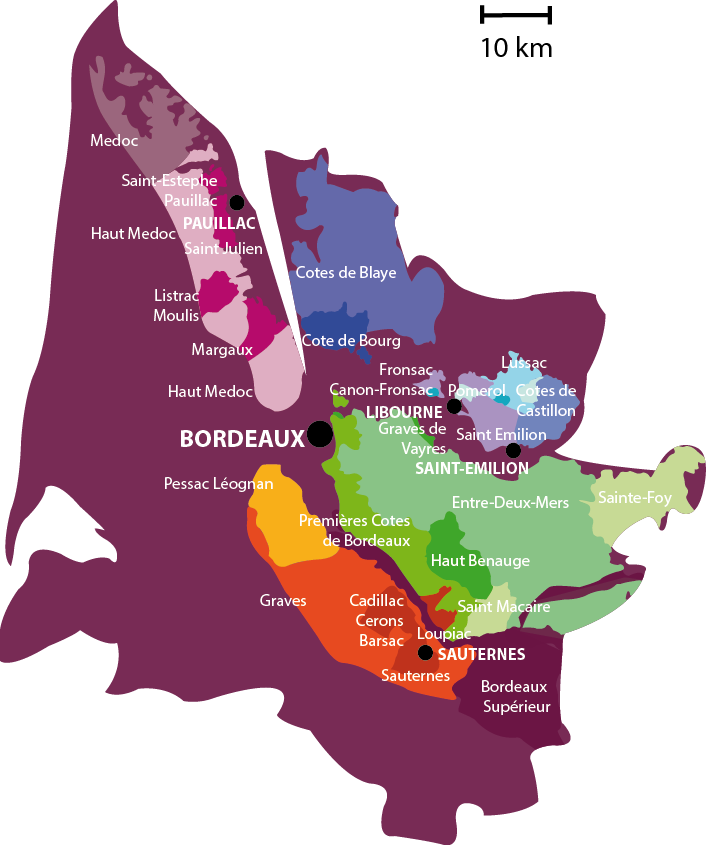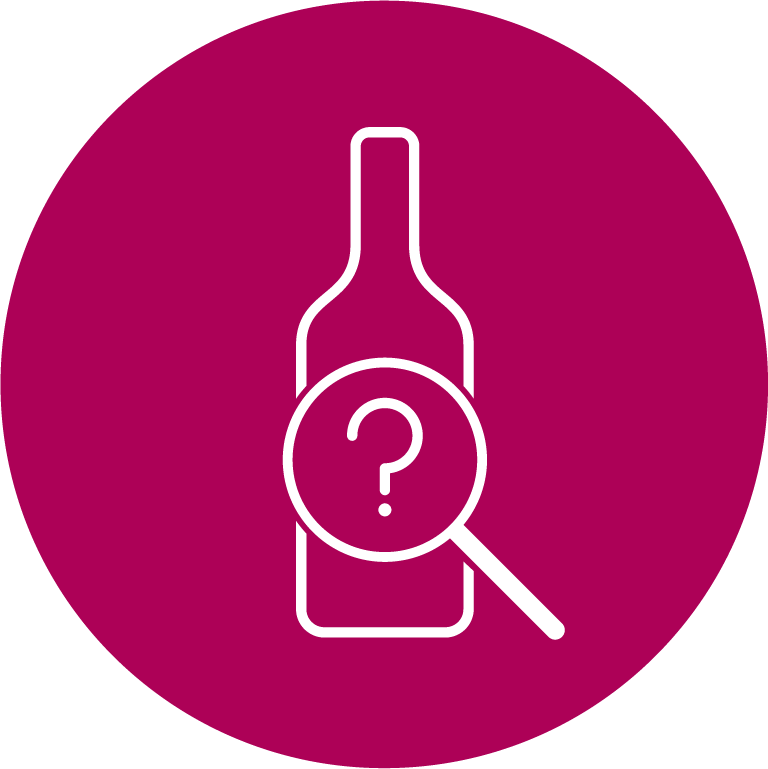Weirdly I really struggled with “E”, in comparison “X” and “Z” are going to be a breeze! The really obvious one: English Wine, I remembered I had covered off in an in-depth piece a couple of years ago. So rather than cheat and just direct readers back to that post I’ve switched my attention to Bordeaux, and in particular a less-glamorous, generally less flashy area which nevertheless is worth a mention given it is actually the largest wine producing sub-region of Bordeaux: Entre-Deux-Mers.
This is a region where red, white, clairet (this is essentially a bordelaise term for a deeply coloured rosé) and sweet wines can be made. It’s a complicated region to understand – to be honest, I find the whole AOC system of France complicated and always have! – and the wines produced here are generally more simple in style, and made for early drinking, compared to the bigger prestigious ‘names’ of the Left or Right bank such as Margaux or Saint-Émilion.

Entre-Deux-Mers literally means “between two seas” and is aptly situated between the rivers of Garonne and Dordogne, stretching from close to the city of Bordeaux down to near to Bergerac (the area in green on the map) . Rather confusingly this sub-region is also home to a number of separate appellations including among others the sweet wines of Sainte-Croix-du-Mont, the dry white only appellation Entre-Deux-Mers Haut-Bénauge and the Côtes de Bordeaux.
The regional Entre-Deux-Mers appellation applies only to dry white wines, made from primarily Sauvignon Blanc and Sémillon with Sauvignon Gris, Muscadelle, and unusual varieties such as Merlot Blanc also permitted. It’s worth seeking out a bottle to try, they are fruity, fresh, quite simple wines with relatively low price points particularly for Bordeaux!
Any red wine produced in this region, will be made from primarily Merlot and Cabernet Sauvignon and sold as generic Bordeaux AOC. Indeed, in reality much of the wine produced in this region will simply be labelled Bordeaux AOC or Bordeaux Supérieur AOC which as the name suggests hints at a slightly better quality. Even better quality can be found in wines labelled Côtes de Bordeaux.
Top tip – if you see a white wine that says “Bordeaux Blend”, then it will primarily be made from Sémillon and Sauvignon Blanc. A red “Bordeaux Blend” will be predominantly Merlot and the two Cabernets (Sauvignon and Franc). Noting other red varieties permitted include Petit Verdot, Malbec and Carménère
So there you have it Entre-Deux-Mers , a rather brief post. I do encourage you to read my English Wine feature, for those of you who may be interested, please click on this link
Tomorrow, “F” is for Films about Wine – the two subjects nearest and dearest to me my whole career!
